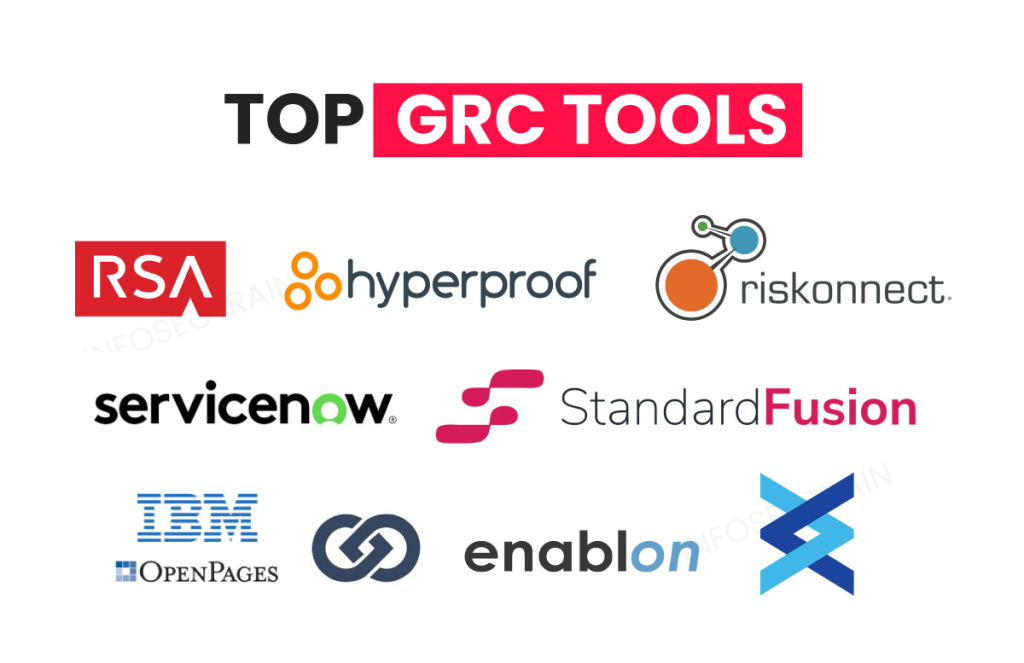
The demand for continuous compliance is higher than ever in 2024, driven by stricter regulations, increased cyber threats, and the need for agility in IT environments. With numerous tools available, choosing the right one depends on your specific compliance needs, industry, and budget. Here’s a breakdown of some popular categories and their leading contenders:
Compliance Automation Platforms:
- Vanta: An automated platform offering compliance assessments, reporting, and remediation plans for various regulations like SOC 2, HIPAA, and GDPR.
- Drata: Focuses on HIPAA and PCI DSS compliance, offering automated assessments, evidence collection, and reporting.
- Hyperproof: A cloud-based platform for managing compliance across multiple frameworks, including SOC 2, ISO 27001, and PCI DSS.
- ZenGRC: Offers a comprehensive platform for managing compliance across various frameworks, including risk assessments, audits, and reporting.
Security Posture Management (SPM) Tools:
- McAfee Enterprise Security Suite: Provides a comprehensive suite of security solutions, including endpoint protection, network security, and cloud security, with features for compliance monitoring and reporting.
- Palo Alto Networks Cortex Platform: An integrated platform offering endpoint, network, and cloud security capabilities, with features for continuous compliance monitoring and threat detection.
- Crowdstrike Falcon Platform: An endpoint detection and response (EDR) solution with advanced threat hunting and prevention features, also offering compliance monitoring and reporting capabilities.
Continuous Monitoring Tools:
- Qualys: Offers a cloud-based platform for continuous monitoring of IT infrastructure, including vulnerability scanning, configuration management, and compliance assessments.
- Netwrix: Provides visibility into user activity across IT infrastructure, helping organizations detect suspicious behavior and ensure compliance with regulations.
- Splunk: Offers a platform for real-time log analytics and security information and event management (SIEM), enabling continuous monitoring and compliance reporting.
Choosing the Right Tool:
- Compliance requirements: Consider the specific regulations you need to comply with and the features offered by each tool.
- Industry and size: Some tools cater to specific industries or company sizes, so choose one that aligns with your needs.
- Integration capabilities: Evaluate how the tool integrates with your existing security and IT infrastructure.
- Budget: Open-source options exist, but advanced features and enterprise-grade support often require paid subscriptions.
Additional Considerations:
- Data privacy: Ensure the tool complies with relevant data privacy regulations.
- User-friendliness: Choose a tool with a user-friendly interface for easy adoption and implementation.
- Scalability: Consider your future growth and choose a tool that can scale with your needs.
Emerging Trends:
- AI-powered compliance: Tools are increasingly using AI and machine learning to automate tasks, identify compliance risks, and provide actionable insights.
- Integration with cloud platforms: Tools are becoming more integrated with cloud platforms like AWS and Azure for seamless compliance management in cloud environments.
- Focus on automation and continuous monitoring: The trend is moving towards automated compliance assessments and continuous monitoring for proactive risk detection and mitigation.
Continuous compliance is an ongoing process, not a one-time event. Choose a tool that empowers you to automate tasks, monitor compliance posture, and adapt to evolving regulations and threats.
Say goodbye to the hassles of bike ownership! MotoShare.in offers affordable rentals, whether you need a scooter for errands, a bike for a road trip, or a reliable ride to explore new cities.

 Starting: 1st of Every Month
Starting: 1st of Every Month  +91 8409492687
+91 8409492687  Contact@DevOpsSchool.com
Contact@DevOpsSchool.com
